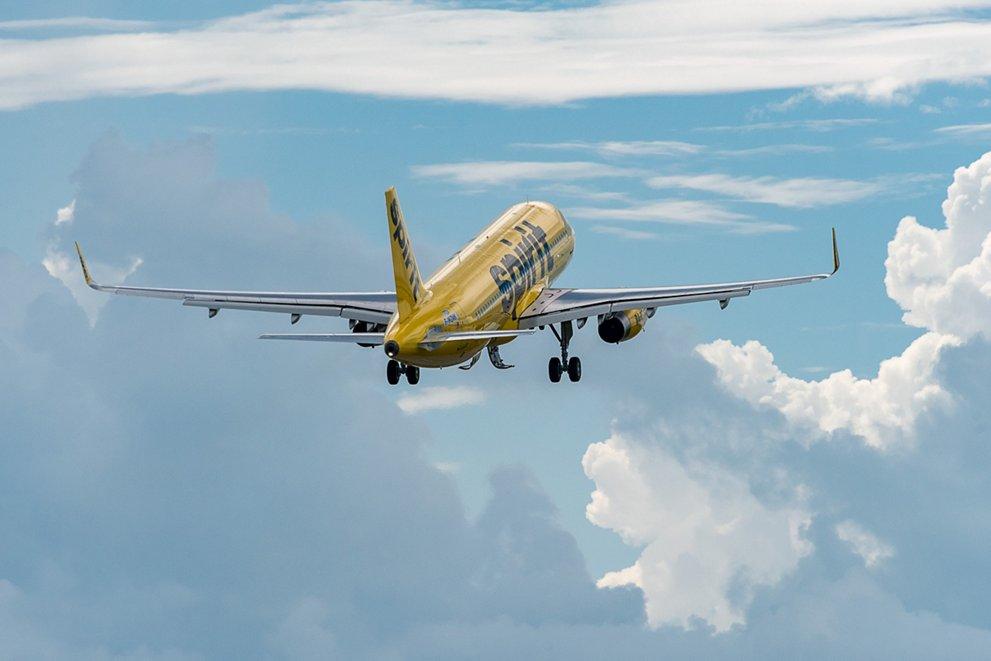
Florida-based Spirit Airlines is on track to reach pre-pandemic capacity by mid-year 2021, driven by expected strength in leisure and visiting friends and relatives (VFR) traffic, according to the airline's executives.
The ULCC will operate just 17% less capacity in the first-quarter compared to 1Q 2019, with schedules ramping up to nearly 90% of pre-pandemic levels by March.
Spirit chief operating officer Matt Klein told analysts on Feb. 11 that management expects leisure travel demand “will more broadly stabilize” by the end of the June quarter, citing customer survey results, declining COVID-19 case counts and anticipated progress in vaccination efforts. Klein added that demand will likely remain muted through the first half of March, before gaining traction in the back-half of the month and gathering steam during the Q2 2021.
While the booking curve remains compressed, Spirit CEO Ted Christie said the company is “starting to see some traction” in summer bookings, with volumes trending above last year’s levels for the early part of the summer season.
“Right now, the bookings we’re getting in the summer are still small numbers, but it’s very encouraging to see, and it reinforces the overall theme that there is pent-up demand out there, and people want to fly,” Christie said.
Error: Unknown news tag
Spirit ended 2020 with 157 Airbus A320-family jets in its fleet, and plans to take delivery of 16 and 17 A320neos in 2021 and 2022, respectively, leaving it with 190 aircraft by the end of 2022.
The company is also gearing up to return its 31 A319s back into service this year, after placing them into long-term storage in 2020. CFO Scott Haralson said there will be a “fair amount of catch-up” in terms of maintenance work to prepare the jets to fly again after nearly a year of inactivity. The airline’s latest fleet plan shows no anticipated aircraft retirements through at least 2022.
Spirit recorded a net loss of $157 million in Q4 2020, compared to an $85 million net profit in Q4 2019. Capacity in the quarter was 75% of 2019 levels, while load factor stood at 71.5%.
Photo credit: Airbus





